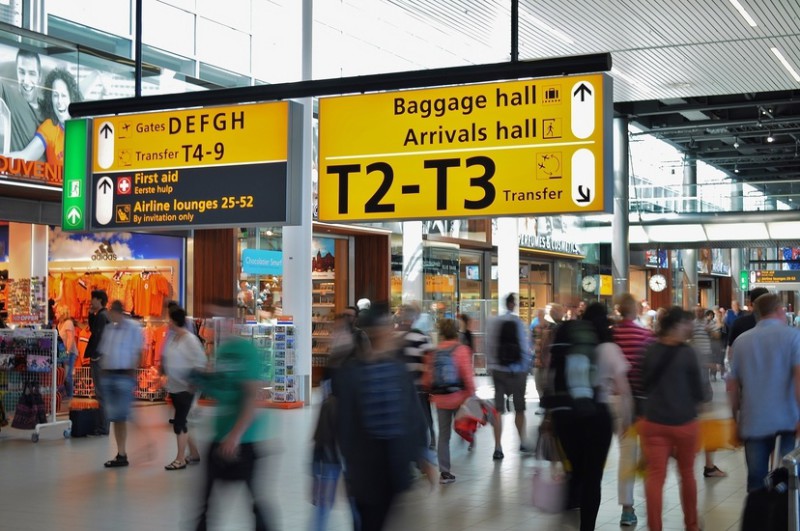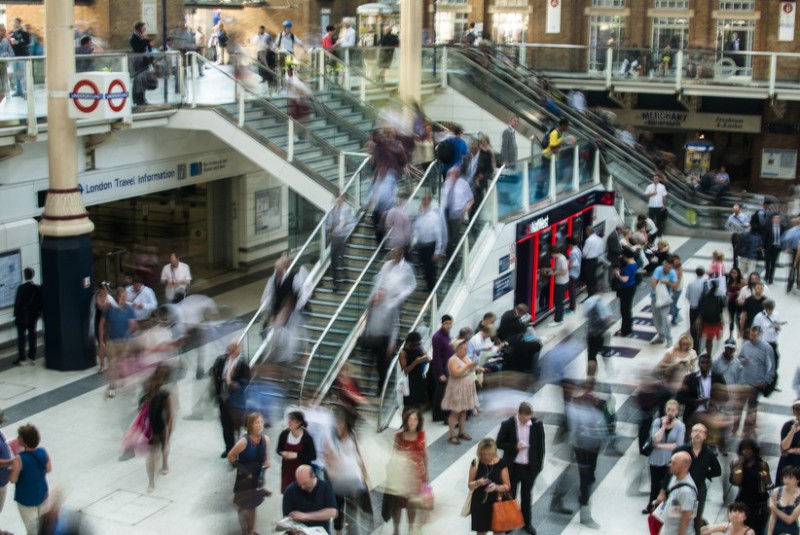I like to discover new experiences as much as any other digital nomad, but finding the nearest McDonald’s Restaurant is a must whenever I visit a new country. While it’s not exactly a new cultural experience, I did, to my surprise, learn something new.
A Little Background on the Story
I’m not talking about McDonald’s specifically; only I visit so frequently that I could literally tell you the names of every employee.
Anyway, over time (and many countries later) I began to notice unfamiliar dining experiences, and when I did, I started looking out for more strange examples of user experiences in other eating establishments, travel hubs, retail shops, and even the average household. When I heard that travelling broadens the mind, this is not what I thought they meant.

How User Interactions Differ from Country to Country
Different countries experience a different set of complications in their user experience due to the variation in climates, familiarity with certain technologies, historical traditions, and an endless amount of other factors.
With that comes fresh solutions to those complications that we might not have heard of before – but that doesn’t mean that they’re not important. So here’s my advice:
You will become a better designer by travelling the world because you’ll experience new flaws in all sorts of scenarios and you'll then learn how to design better solutions to accommodate your users on a broader scale, rather than just the users in your region.

A Few Examples
It's easy to forget as digital designers that the user experience should be considered in the design and manufacture of almost everything – not just websites and mobile applications. So, since I’m talking about the concept in broadened terms, I’ll explore the McDonald’s Restaurant examples that started it all.
1. How They Block Bathroom Access for Non-Paying Customers
Don’t you hate it when you desperately need to use the bathroom when you’re out and about? Most restaurants would not be okay with you using their bathroom without buying anything first, even if you ask nicely. Perhaps because it’s easier to avoid detection, or because most franchises are quite large anyway, but McDonald’s don’t seem to mind as much. Here in the UK, everybody does it.
Other large restaurants, I’ve noticed, lock the door to the bathroom and a member of staff will unlock it for you while subtly implying that you should buy something as a courtesy.
When I visited the McDonald’s in Venice, it was a different story. For those that don’t know, Venice is very, very small, and in touristy seasons it can be woefully overcrowded. With that in mind – and bear in mind there is only one McDonald’s in Venice – it makes sense that a better solution is required.
[author_more]
[/author_more]
On the bottom of your receipt, which obviously can only be obtained after a purchase, there’s a numerical code that you can tap into the keypad to give yourself secure access to the bathroom. For restaurant owners/interior designers that restrict their customers by locking the bathroom door, well, I can only imagine that they’d never visited an overcrowded McDonald’s!
2. How They Keep the Ice Cream Cold
Here’s another receipt-based design solution for the ice cream lovers out there. I’m from London, where the weather is hardly ever satisfactory and we walk around with miserable faces; but it’s not all bad – for example, our McFlurry’s never melt!
When visiting warmer climates (I first noticed this in Spain), McDonald’s staff will ask you to bring your receipt back to the till to claim your meltables, to save them from…well…melting.
It’s kind of an obvious solution, really, but having never experienced this issue before I would never have thought to use this solution myself if I were designing the user experience across a multi-national establishment like McDonald’s.
3. How They Reduce Queuing Time with Handy Machines
It’s true. People in Britain treat queuing like a sport, and we subject cheaters to scathing looks of disapproval. That's the only reason I can think of as to why we don’t install those handy self-service machines; if we do, I haven’t seen any. I first used these machines at Lisbon Zoo, which was over-run with kids.
You self-serve yourself at the kiosk and a member of staff receives the order and calls out your number. It allows the staff to take multiple orders at once, and since queuing is a concept lost in some cultures, it helps minimize crowds while ensuring that those who were there first, receive their food first.
Continue reading %What I Learnt About UX from Being a Digital Nomad%
Source: http://www.sitepoint.com/feed/
